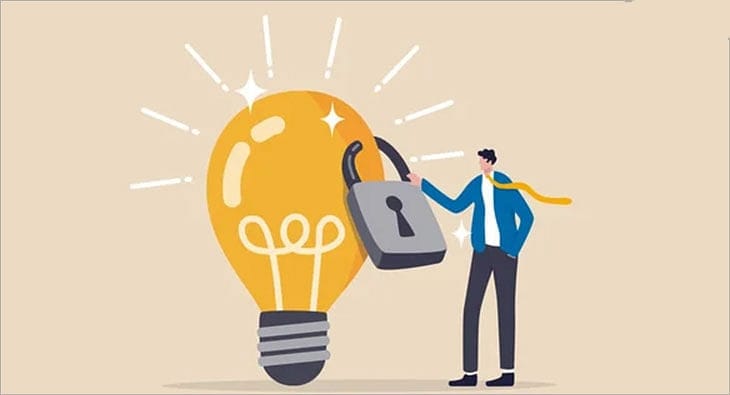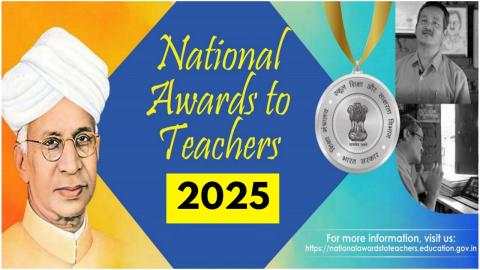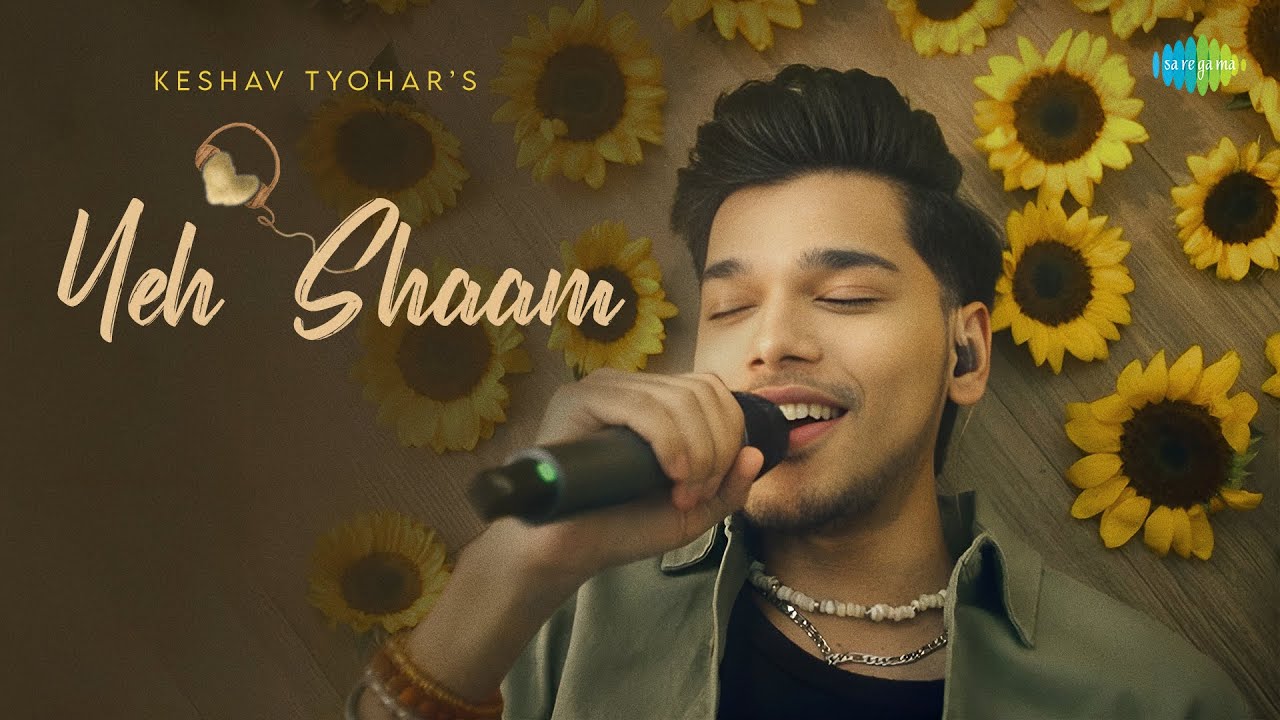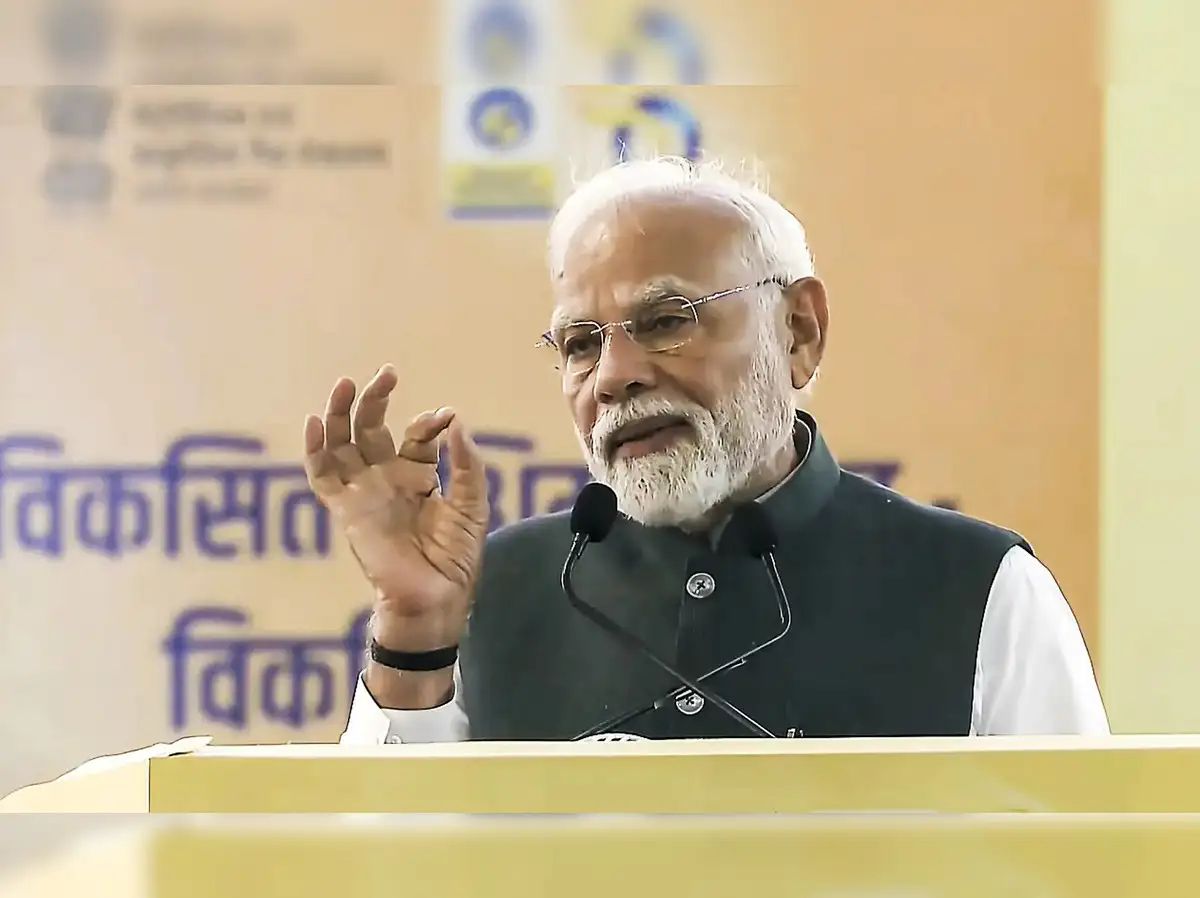 Image Source: Exchange4Media
Image Source: Exchange4Media
The balance between copyright protection and creative expression is again in the limelight, with creators and legal scholars sounding alarm at India's unclear fair use law. Recent high-profile cases, such as ANI vs Mohak Mangal, have once again brought to the forefront issues of "fair dealing" under the Copyright Act, revealing procedural loopholes and legal ambiguities that are felt to be choking innovation and livelihoods.
India's 'fair dealing' provision, in theory permitting a limited use of copyrighted material for purposes of criticism, review, or reporting the news, is uncertain. The legislation does not specify what is "fair," and creators are forced to work in the law's gray area. In contrast to the codified fair use tests in the US, Indian courts consider each case on a case-by-case basis, on the facts, not predetermined criteria. Consequently, creators are forced to work in legally hazardous territory, uncertain whether their use of short excerpts or transformative content will be acceptable.
Dr. Radhika Agarwal, an online content creator, elucidated: "Copyright issues are always in the back of my mind when using popular sound or referencing popular media. There have been occasions when I've not used some ideas just to avoid possible copyright problems." She demanded clearer guidelines and more liberal models of licensing to facilitate creativity without the risk of take-downs. Procedural uncertainty is further compounded by the rise of automated copyright strikes. Dot Media's Justin Lawrence explained that platforms like YouTube tend to issue takedown notices on their own, occasionally sidestepping well-established revenue-sharing deals and threatening the channels of creators with deletion after repeated strikes. "Even without song, just background tune, creators have been sued," he stressed, highlighting the fine line between inspiration and infringement.
Experts argue that the absence of a centralized system to clear rights for music, news clips, or stock photography compounds these problems. Although platforms provide technologies such as Content ID, the absence of clearly defined statutory rules or safe harbors for transformative works conditions creators to censor themselves on the fly or face litigation.
Demands for reform ring louder. Policy analysts argue that clearer statutory definitions of fair use, more limited copyright durations, and more liberal renewal practices would bring much-needed clarity and a better balance between safeguarding original creators and stimulating new creative works.
As the digital content economy grows and the new technologies such as AI redefine the creative landscape, the demand for a balanced, open, and versatile system of copyright has never been more urgent. Without it, creators may stifle their own innovation in fear—a result that profits neither the creative community nor the wider public.
Source: Exchange4Media
Advertisement
Advertisement





